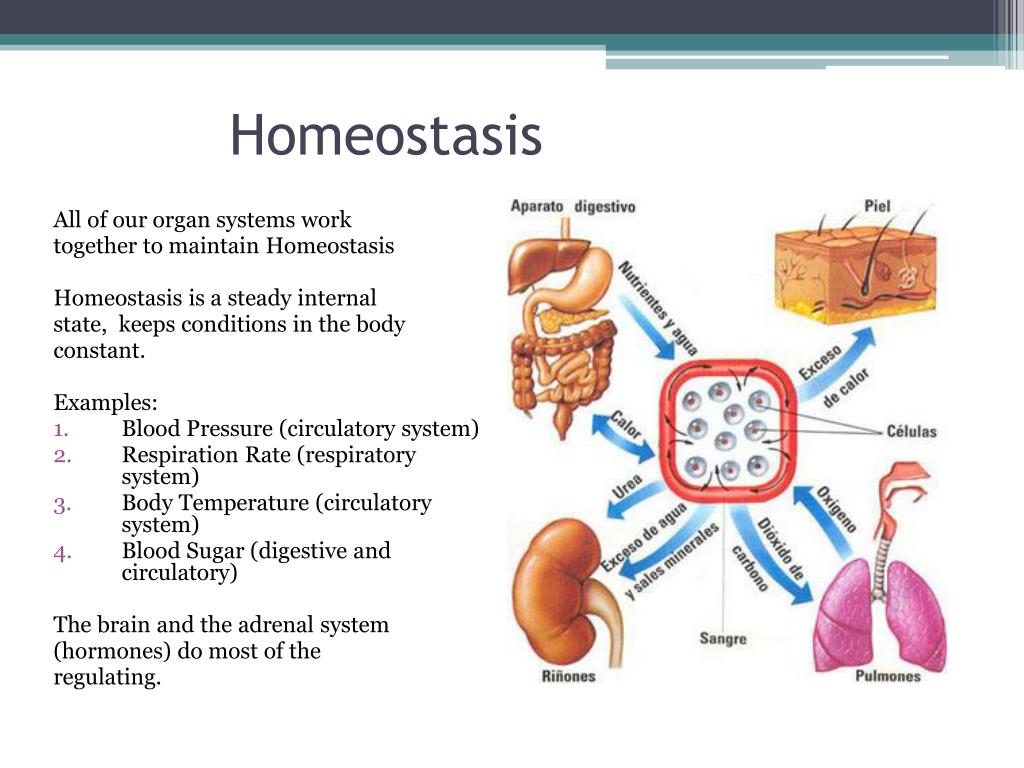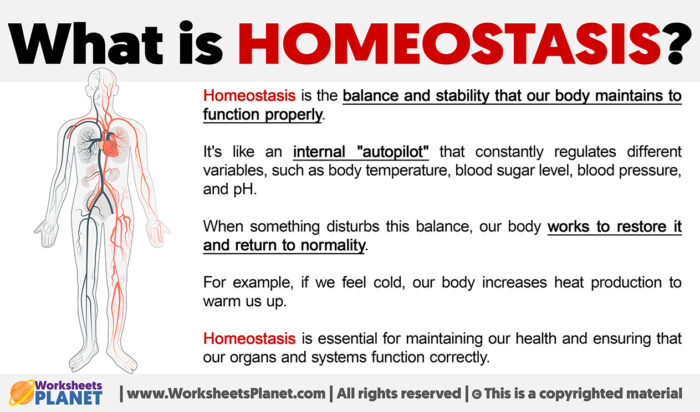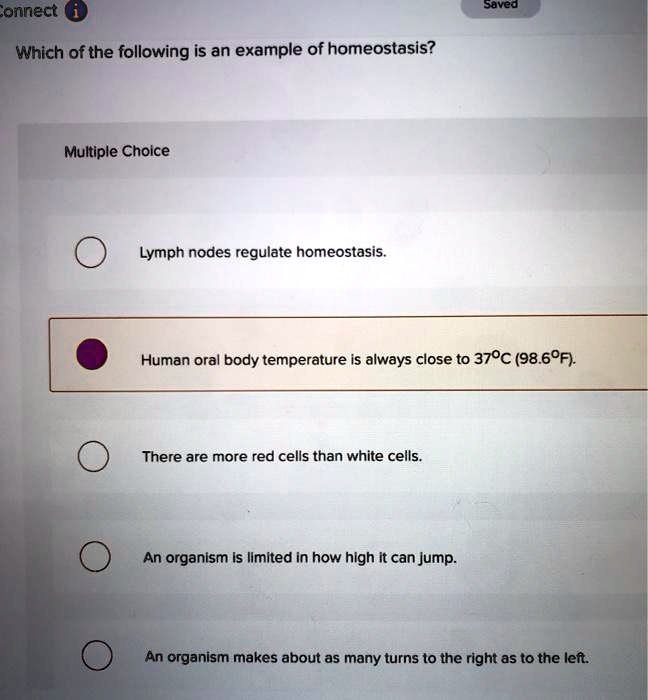Which Of The Following Best Defines Homeostasis
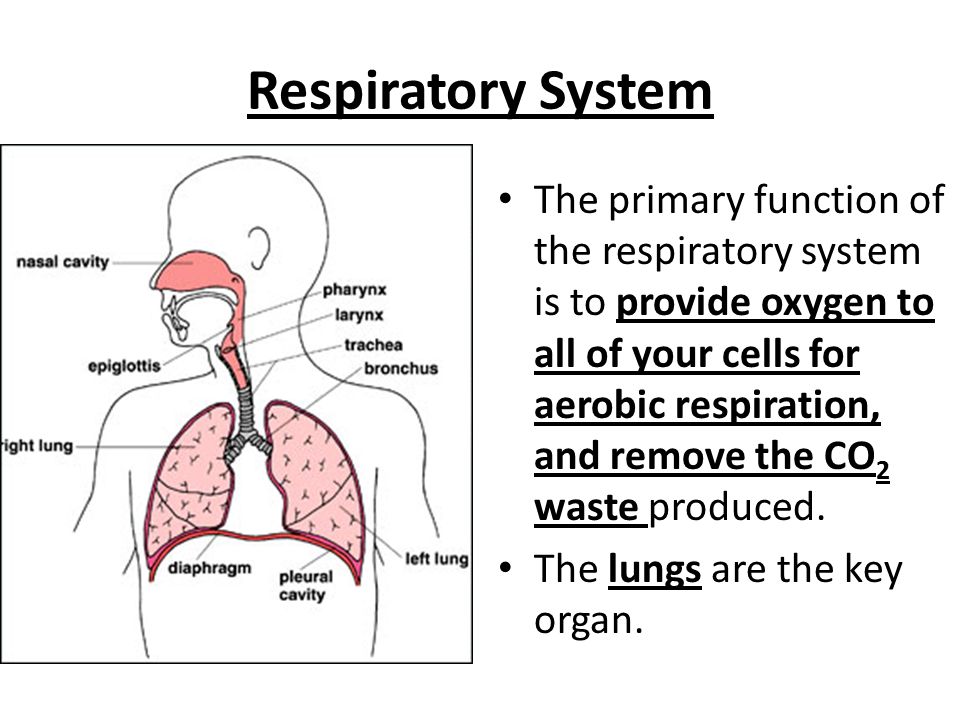
Confusion reigns as a recent online poll reveals widespread misunderstanding of a fundamental biological concept. The question: Which of the following best defines homeostasis?
This article cuts through the ambiguity, providing a definitive answer and highlighting the concerning lack of understanding surrounding this vital process within living organisms.
The Core Definition of Homeostasis
The correct answer is: Homeostasis is the ability of an organism to maintain a stable internal environment despite changes in external conditions. This encompasses everything from temperature regulation to maintaining proper pH balance.
Numerous definitions exist, but this is the generally accepted and most comprehensive explanation, according to leading biology textbooks and scientific literature.
Why the Confusion?
The poll, conducted by Biology Explained on their online platform, revealed that a significant portion of respondents selected incorrect answers. Common misconceptions included confusing homeostasis with static equilibrium or simply defining it as 'balance'.
These misunderstandings highlight a potential gap in science education and a need for clearer communication of scientific concepts to the general public. It's critical to understand this to understand how disease impacts human physiology.
Expert Opinion
“Homeostasis is not simply about maintaining a fixed state, but rather a dynamic process of adjustment,” explains Dr. Anya Sharma, Professor of Physiology at the University of California, Berkeley. "It's a constantly fluctuating equilibrium, responding to internal and external stimuli."
Dr. Sharma emphasized that understanding the dynamic nature of homeostasis is crucial for comprehending how the body responds to stress, illness, and environmental changes. It is vital to survival of all living beings.
Examples of Homeostasis in Action
Thermoregulation is a prime example: when body temperature rises, the body sweats to cool down. Conversely, shivering generates heat when the body is cold.
Another crucial example is blood glucose regulation, involving the hormones insulin and glucagon to maintain stable blood sugar levels. Dysregulation of these mechanisms can lead to diabetes.
The kidneys also play a vital role, regulating fluid and electrolyte balance to maintain a stable internal environment. Therefore it is important to keep them healthy.
The Consequences of Homeostatic Imbalance
When homeostasis is disrupted, it can lead to a range of health problems. Chronic stress, poor diet, and exposure to toxins can all contribute to homeostatic imbalance.
Diseases such as diabetes, hypertension, and autoimmune disorders are often characterized by a failure of homeostatic mechanisms. These diseases greatly impact the human body.
Understanding the principles of homeostasis is therefore essential for both preventing and treating many common illnesses.
The Poll Results: A Cause for Concern
The Biology Explained poll, involving over 5,000 participants, showed that less than 40% correctly identified the definition of homeostasis. The remaining 60% chose incorrect options, demonstrating a widespread lack of clarity on the topic.
This lack of understanding extends beyond the general public; even some individuals with science backgrounds struggled with the question, according to informal follow-up surveys.
This highlights the urgency of addressing these misconceptions through improved educational resources and clearer scientific communication.
Moving Forward: Education and Awareness
Biology Explained is now partnering with several educational institutions to develop freely accessible resources on homeostasis. These include interactive tutorials, videos, and downloadable infographics.
Dr. Sharma is also working on a simplified explanation of homeostasis for non-scientific audiences, to be published in various online forums. This will help address the confusing poll results.
Increased awareness and improved educational materials are crucial steps toward ensuring a better understanding of this fundamental biological principle. More education should be offered.

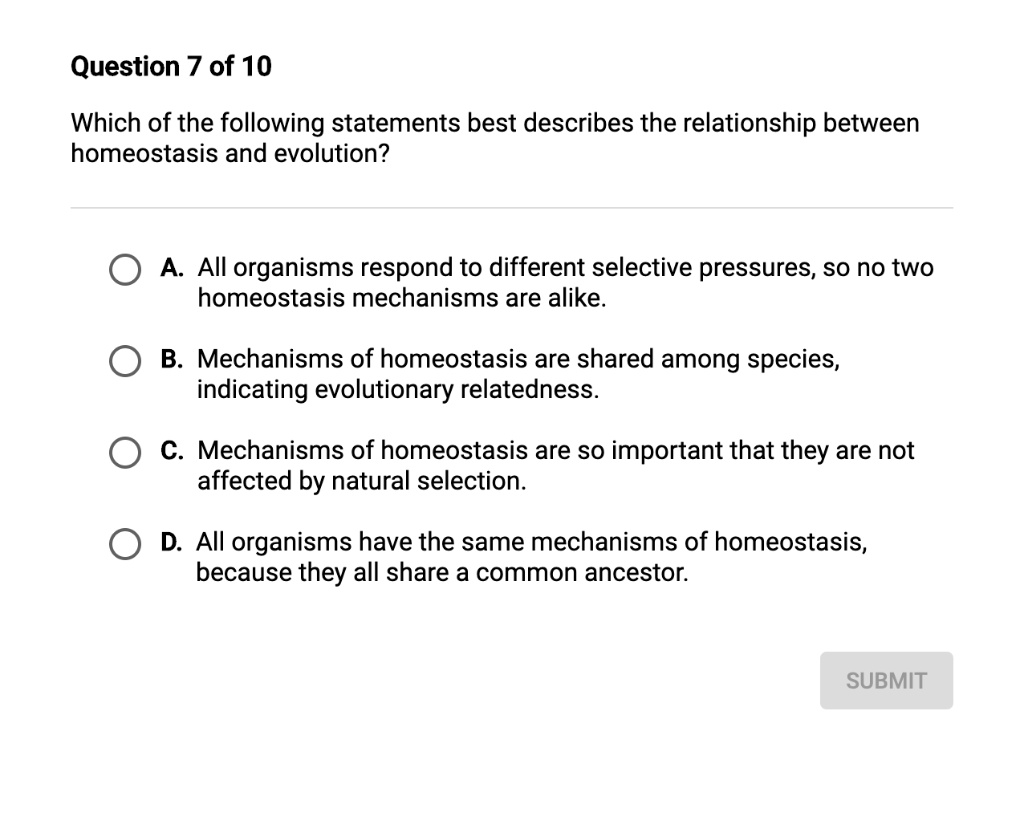
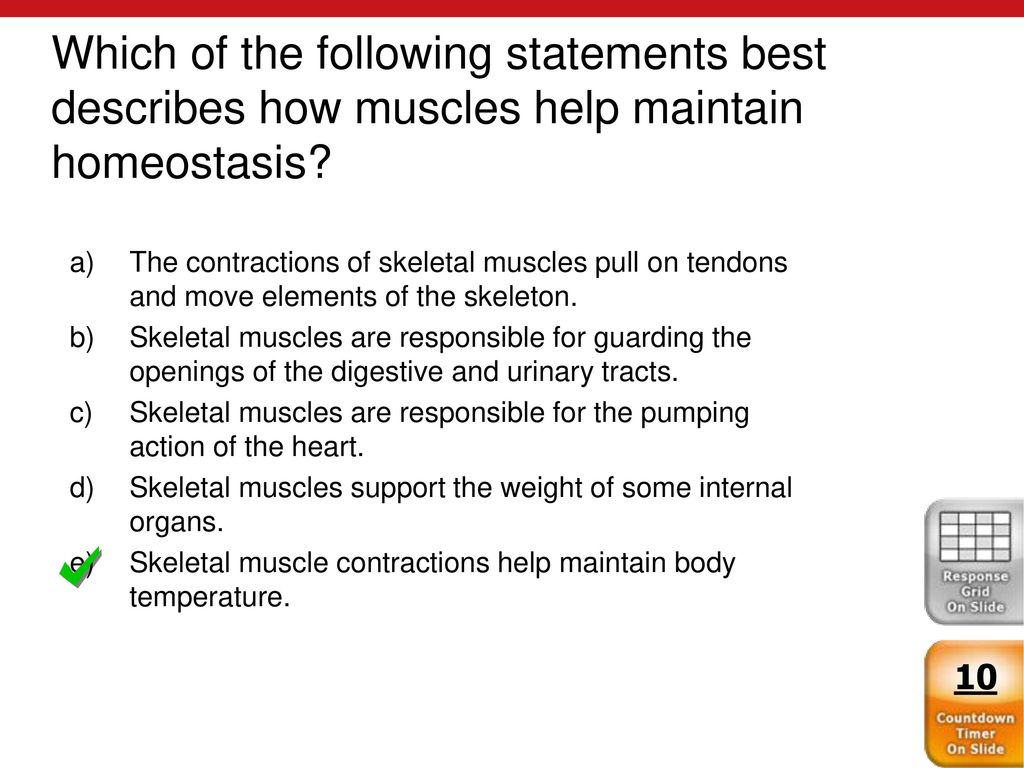
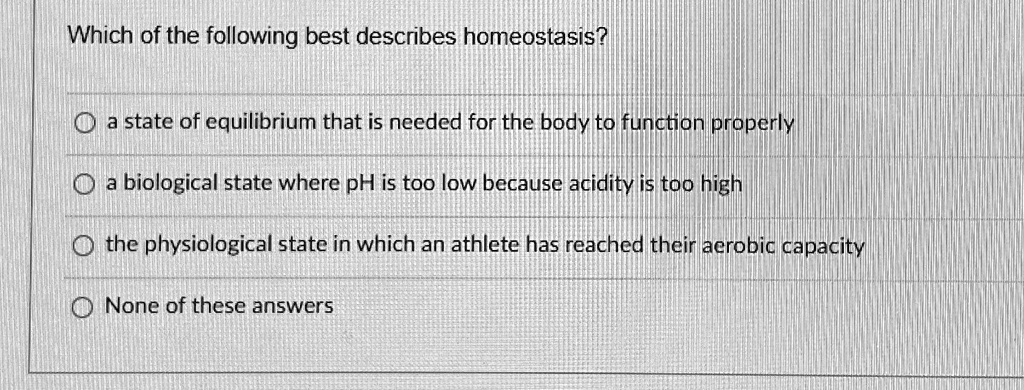
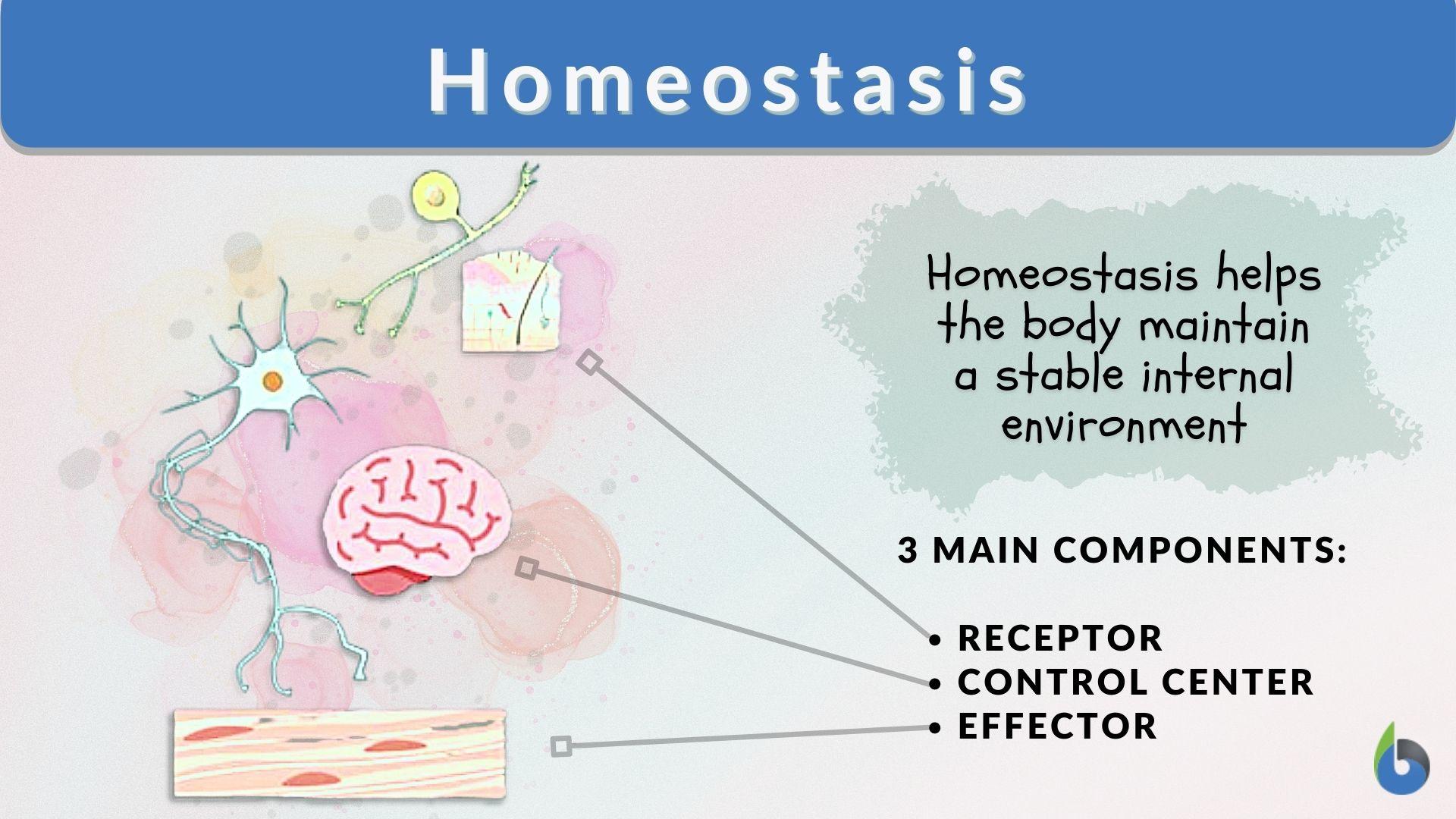
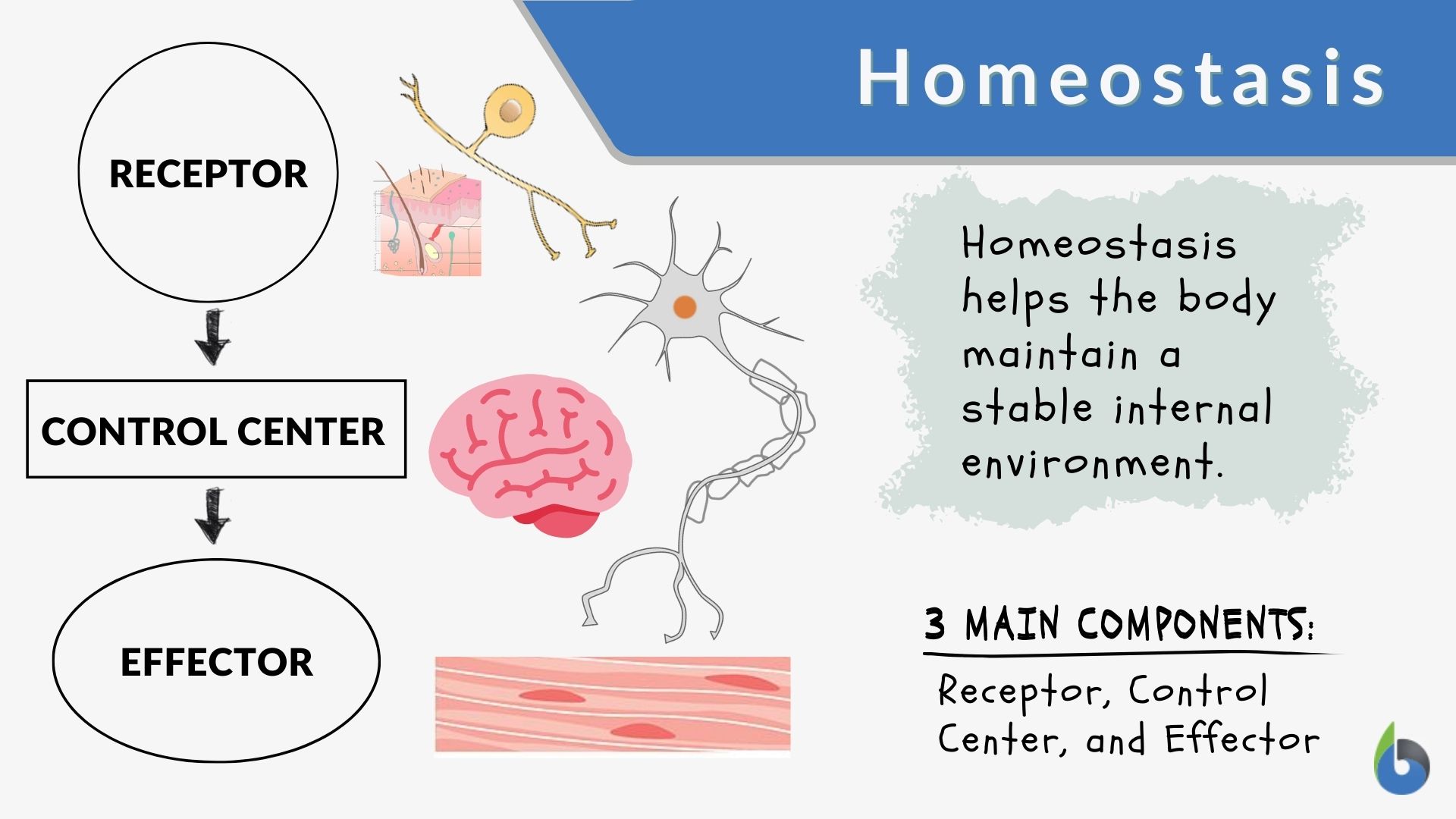
+Keeping+the+body+temperature+constant..jpg)


